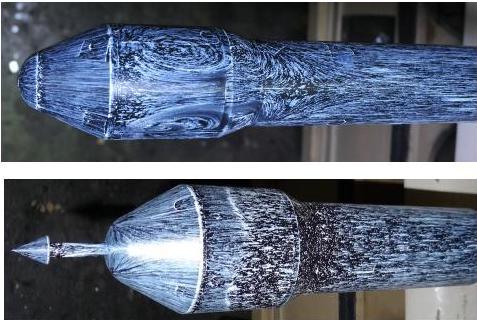
Transonic flow control over a typical launch vehicle model using aerospikes
Date24th Mar 2021
Time03:30 PM
Venue Online
PAST EVENT
Details
Blunt-nosed launch vehicles featuring large nose-cone angles experience high levels of pressure fluctuations over the payload region at transonic Mach numbers due to shock-wave boundary-layer interactions. The main cause for this phenomenon appears to be flow instability associated with the separated flow and the formation of a vortex-pair. Interactions between the induced velocity of the vortex pair and oncoming mean-flow cause oscillations of the Lambda-shock system and high levels of fluctuating pressures. An aerospike causes flow separation at the nose and reattachment of the shear layer downstream, energizing the boundary layer. Consequently, flow separation and vortex formation are prevented: shock-oscillations are stabilized. Dramatic reductions in the pressure fluctuations, around 95-35% in the low-frequency range are observed along the payload region at small angles of attack. The observations are based on wind tunnel tests involving unsteady pressure measurements, surface-flow patterns, and high-speed shadowgraph recordings on a blunt nose cone with various cone angles.
Speakers
Mr. Gireesh Yanamashetti
Applied Mechanics

